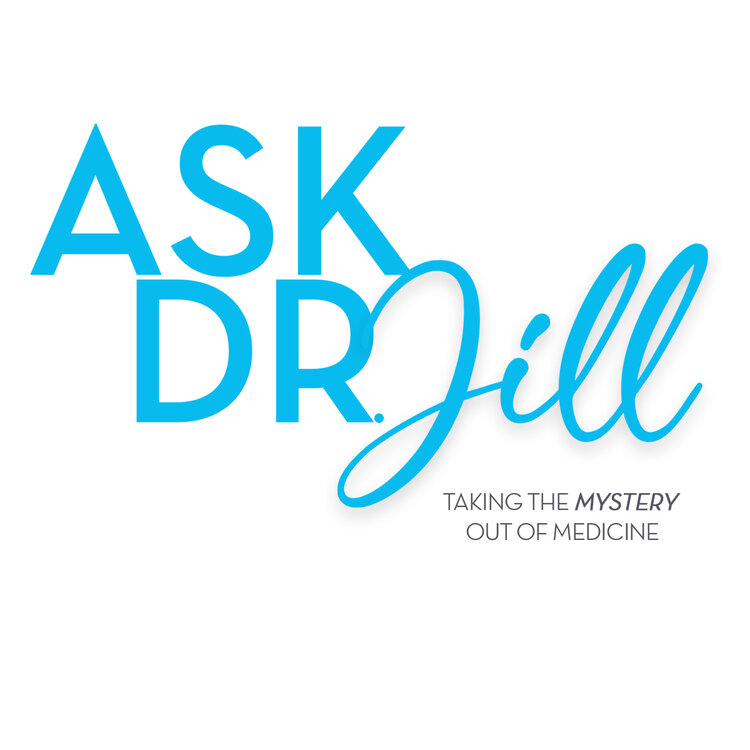A recent study from Canada reveals that a patient’s preferred music effectively eases discomfort without the need for medication. This response enhances an individual’s ability to cope with physical pain. In the course of the study, researchers found that songs, recitals, or performances that participants felt connected to significantly outperformed generic clips of relaxing music in reducing discomfort.
Pain, whether chronic or acute, can be a relentless companion that adversely affects the quality of life for millions of people worldwide. While medications are often the go-to solution, an alternative approach gaining increasing recognition is the therapeutic power of music. Music has been shown to offer a myriad of benefits for those suffering from pain, providing a holistic and non-invasive means of alleviation.
The Therapeutic Power of Music:
Emotional Resonance:
One of the remarkable ways music aids in pain management is through its emotional resonance. Listening to uplifting or calming melodies can trigger the release of endorphins, the body's natural painkillers. This emotional connection helps shift focus away from the physical discomfort, providing a mental escape that contributes to overall well-being.
Distraction from Pain:
Music serves as a powerful distraction, redirecting attention away from the sensation of pain. Engaging with music, whether actively playing an instrument or passively listening, can create a sensory experience that competes with pain signals, reducing the perception of discomfort.
Stress Reduction:
Chronic pain often leads to heightened stress levels, exacerbating the overall sense of discomfort. Music has a unique ability to reduce stress by influencing the autonomic nervous system. Slow-tempo tunes, in particular, can lower the heart rate and induce a state of relaxation, creating a more conducive environment for pain management.
Enhanced pain tolerance:
Engaging with music has been linked to increased pain tolerance. Research suggests that individuals who actively participate in music-making, such as playing an instrument or singing, exhibit higher pain thresholds. This indicates that music not only provides emotional relief but may also have a direct impact on the body's ability to tolerate pain.
Improved sleep quality:
Chronic pain often disrupts sleep patterns, leading to a vicious cycle of fatigue and increased sensitivity to pain. Music therapy has demonstrated its effectiveness in promoting better sleep quality. Listening to calming music before bedtime can induce relaxation, making it easier for individuals with pain to fall asleep and stay asleep.
Five Non-Medication Approaches to Pain Management:
Acupuncture:
Acupuncture, an ancient Chinese practice, involves inserting thin needles into specific points on the body. It has been shown to stimulate the release of endorphins and serotonin, reducing pain and promoting overall well-being.
Physical Therapy:
Physical therapy focuses on improving mobility and function through targeted exercises and stretches. It can be particularly beneficial for those suffering from musculoskeletal pain, helping to strengthen muscles and alleviate discomfort.
Mindfulness Meditation:
Mindfulness meditation emphasizes staying present in the moment, fostering a non-judgmental awareness of thoughts and sensations. This practice has been proven effective in managing chronic pain by promoting relaxation and reducing stress.
Heat and Cold Therapy:
Applying heat or cold to affected areas can help alleviate pain and inflammation. Heat therapy, such as warm compresses, promotes blood flow and relaxes muscles, while cold therapy, like ice packs, reduces swelling and numbs the area.
Yoga:
Yoga combines physical postures, breath control, and meditation to enhance overall well-being. It has shown promise in managing various types of pain, improving flexibility, and promoting relaxation.
Essential Oils:
Essential oils have gained recognition for their potential effectiveness in managing various types of pain. Extracted from aromatic plants, these concentrated oils are believed to possess anti-inflammatory, analgesic, and relaxing properties. For instance, lavender oil is renowned for its calming effects and has been associated with reducing tension and alleviating headaches. Peppermint oil, with its menthol content, is often used topically to soothe muscle aches and pains. Eucalyptus oil, known for its anti-inflammatory qualities, is frequently utilized in aromatherapy to relieve joint and muscle discomfort. Copiaba oil is known for it’s analgesic properties; it also has powerful anti-inflammatory, antibacterial, antiseptic, antioxidant, and stimulant affects.
In the pursuit of pain relief, it's essential to explore a variety of approaches beyond traditional medications. Music, with its profound emotional and psychological impact, stands out as a therapeutic tool that can enhance the overall well-being of individuals grappling with pain. Additionally, incorporating non-medication strategies, such as acupuncture, physical therapy, mindfulness meditation, heat and cold therapy, and yoga, can provide a holistic and personalized approach to pain management. By embracing these alternatives, individuals can take significant steps towards reclaiming control over their lives and finding solace in the healing power of harmony.

